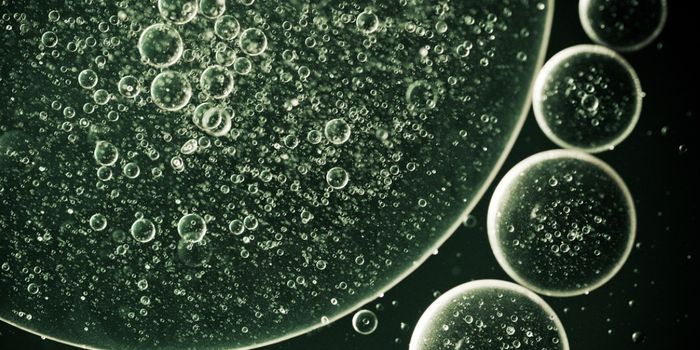Tardigrade Proteins in Human Cells: A Pathway to Slow Aging
How can the microscopic creatures, tardigrades, also called water bearers, help contribute to developing new medical treatments? This is what a recent study published in Protein Science hopes to address as a team of international researchers investigated how tardigrade proteins could replace certain medical treatments when refrigerating those treatments are unavailable, specifically regarding stem cell treatments, and could possibly slow the aging process.
One reason tardigrades are an intriguing option is due to their ability to start and stop suspended animation when presented with outside stressors. Now, researchers are attempting to introduce tardigrade proteins in human cells, and the researchers have found some surprising results.
“Amazingly, when we introduce these proteins into human cells, they gel and slow down metabolism, just like in tardigrades,” said Dr. Silvia Sanchez-Martinez, who is a Senior Research Scientist at University of Wyoming and lead author of the study. “Furthermore, just like tardigrades, when you put human cells that have these proteins into biostasis, they become more resistant to stresses, conferring some of the tardigrades’ abilities to the human cells.”
Image of study lead author, Dr. Silvia Sanchez-Martinez, and study co-author, Dr. Thomas Boothby, who both led this study. (Credit: Vindya Kumara)
Through this, these tardigrade proteins can be used for developing technologies that could decrease human metabolic processes, including aging, and even provide options for long-term storage of human cells, as well.
Tardigrades are known for their ability to survive in extreme environments, including outer space where the temperature is absolute zero (minus 458 degrees Fahrenheit), and scientists have long studied to understand the processes behind tardigrades’ survivability traits. Additionally, tardigrades can also survive under extreme heat (300 degrees Fahrenheit) and high levels of radiation, as well. When initiating their suspended animation, tardigrades dry up, but are then able to reanimate without experiencing detrimental effects.
How can tardigrade proteins improve human cells in the coming years and decades? Only time will tell, and this is why we science!
As always, keep doing science & keep looking up!
Sources: Protein Science, EurekAlert!, University of Wyoming, Wikipedia









